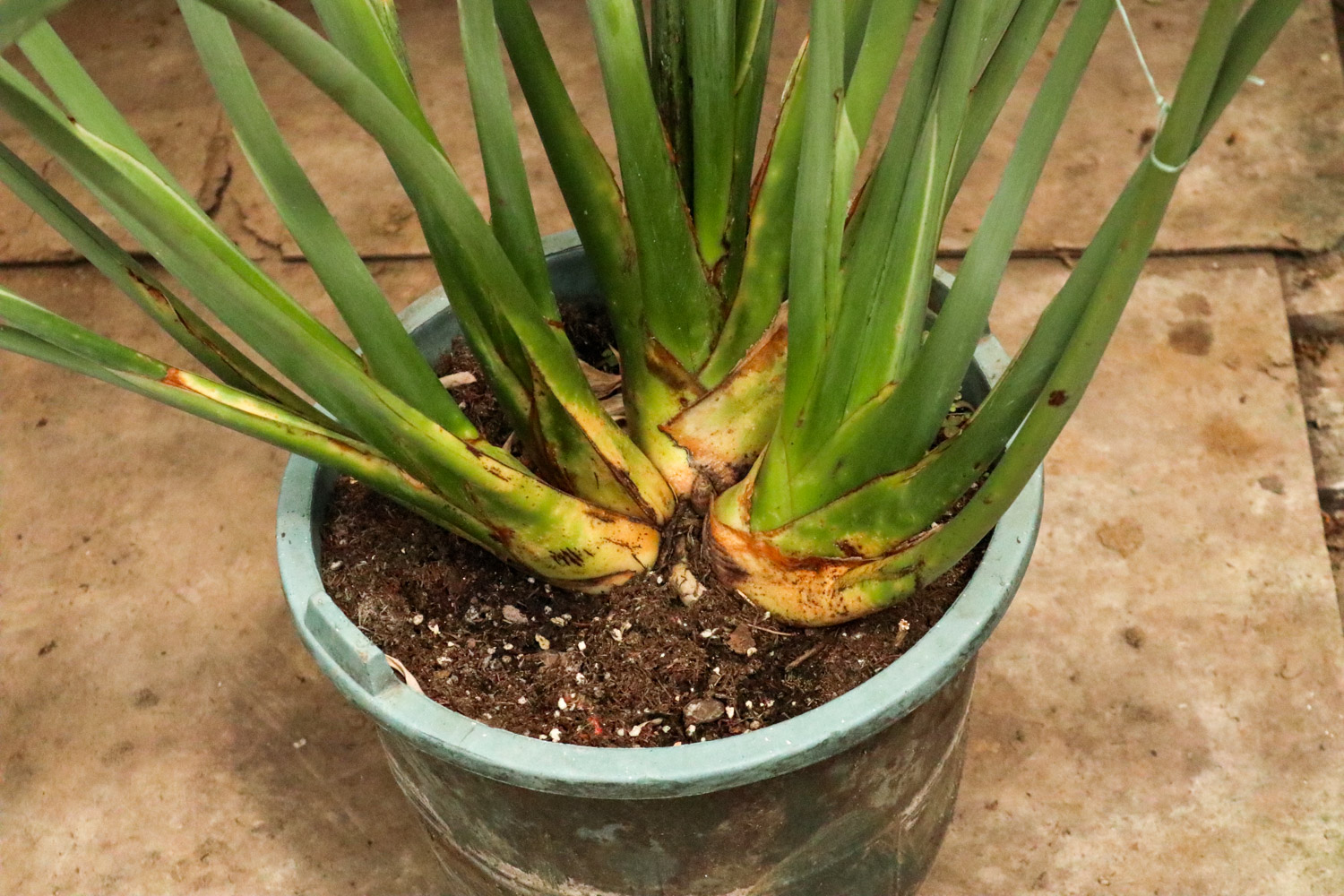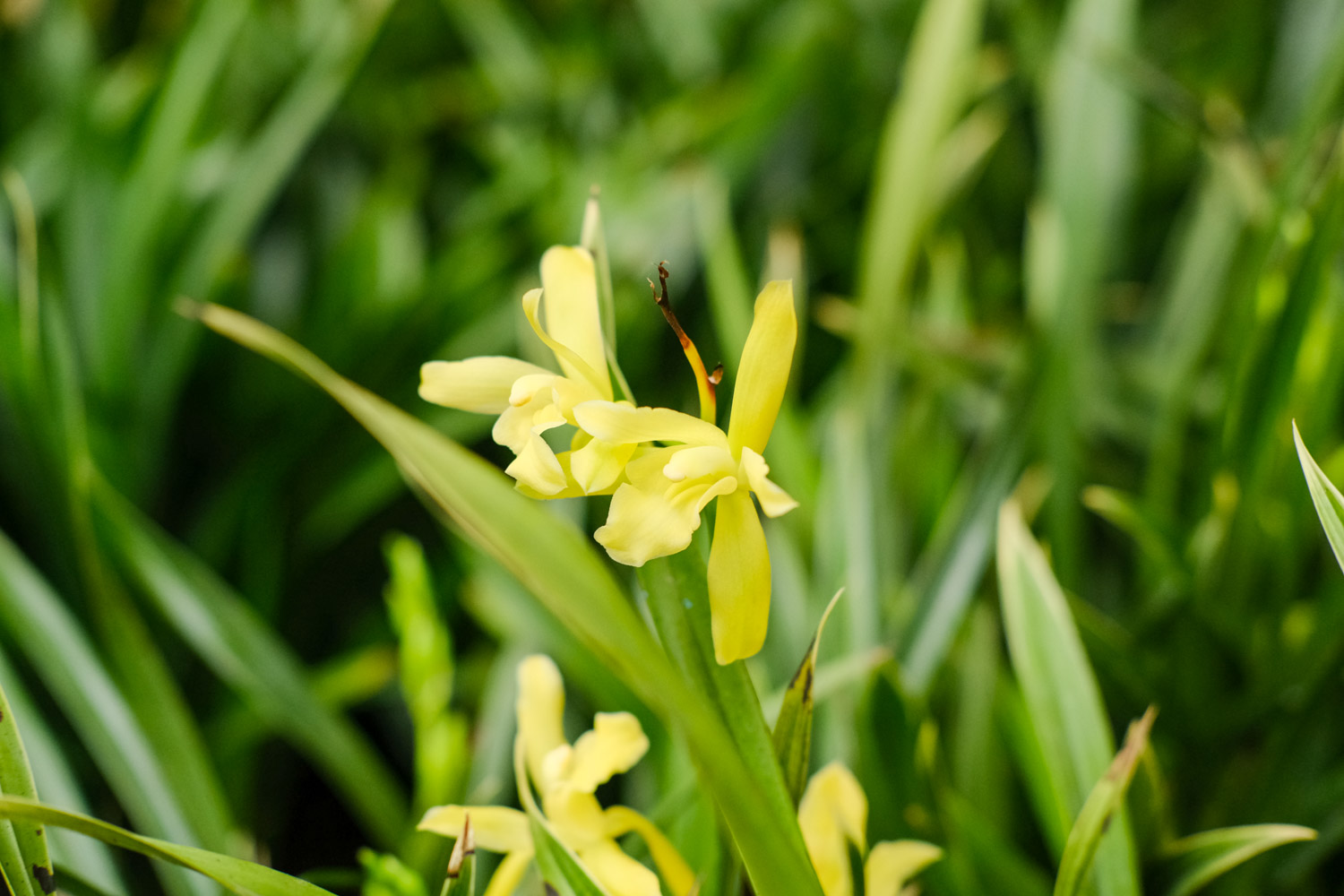1、 Training requirements
1. Substrate requirements: orchids are mainly divided into epiphytic orchids and terrestrial orchids. If the cultivated orchid is epiphytic orchid, it needs to use enough breathable and soft plant materials, which can be mixed with water moss, rotten bark, stones, ceramsite and other materials. If you want to raise terrestrial orchids, you need to use thick and soft culture soil, which can be mixed with rotten leaf soil, peat soil, sandy soil, garden soil and other soil

2. Environmental requirements: most orchids prefer semi shade and warm maintenance environment, and are not resistant to extreme environments such as high heat, canopy, high cold, darkness and exposure. Therefore, when breeding, it is recommended to put it in a warm room with scattered light and keep it ventilated

2、 Key points of cultivation
1. Watering: most orchids are wet. Therefore, when cultivating them, we should pay attention to timely water supply, and do not let their plant materials completely wet out. During the growing season, you can water it every 2-3 days. In winter, their growth rate will decrease, so it is necessary to reduce the frequency of watering. It is best to water every 10-15 days. If the temperature is very low, watering can be suspended

2. Fertilization: they prefer fertilizer and need enough nutrient support to grow well. Therefore, when cultivating, we should also pay attention to topdressing in time. In the growing season, compound fertilizer with comprehensive nutrients shall be applied 2-3 times a month. When the flowering period is approaching, phosphorus and potassium fertilizer should be applied to them several times to stimulate the development of flower buds and help them bloom better


 jackfruit
jackfruit snake plant
snake plant hibiscus
hibiscus hydrangea
hydrangea lavender
lavender Green roses climb al...
Green roses climb al... If you don't pay att...
If you don't pay att... Management of four g...
Management of four g...

































